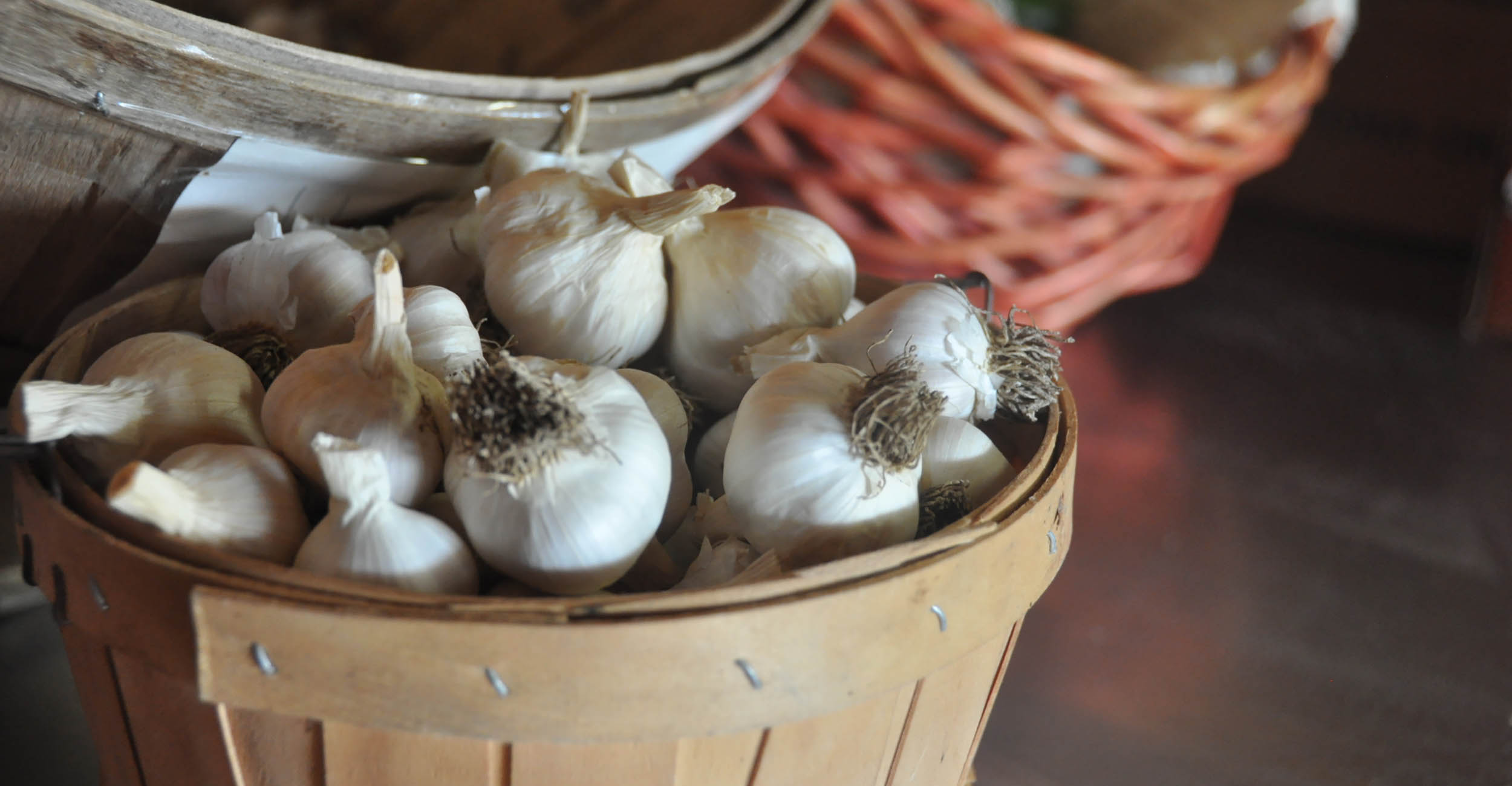
OSU Extension launches new beginning farmers and ranchers series with Nov. 14 garlic workshop
Friday, November 8, 2024
Media Contact: Alisa Boswell-Gore | Office of Communications & Marketing, OSU Agriculture | 405-744-7115 | alisa.gore@okstate.edu
Oklahoma State University recently has received a $719,000 United States Department of Agriculture-National Institute of Food and Agriculture grant to help new farmers and ranchers get their start in Oklahoma.
The average age of an agricultural producer in the U.S. today is 58, and the number of family farms in the U.S. is decreasing. The Beginning Farmers and Ranchers Program is critical to establishing the next generation of producers.
“We plan to equip people with specific information that allows them to be successful farmers and ranchers in Oklahoma,” said Josh Campbell, assistant state Extension program specialist for beginning farmer and rancher development. “We’ll look at crops, livestock or whatever agriculture enterprise someone is interested in through the lens of what it takes to be successful here in Oklahoma.”
The USDA defines beginning farmers and ranchers in five experience categories from zero to 10 years of farm ownership. OSU’s new NIFA-funded project will primarily focus on the first two categories of farmers with three years or less experience.
“I think many new farmers are unaware of the resources available, which makes it difficult to get into farming for the first time,” Campbell said. “There’s a lot involved in starting an agriculture business, and many people aren’t pursuing their dreams of farming because they think the challenges that come with it will be too difficult to overcome. We hope to provide clarity regarding information and resources and help guide people through them.”
The three-year Oklahoma program will provide information on enterprise budgets, marketing channels and technical expertise related to Oklahoma production through a series of workshops, webinars and informational emails.
The first workshop is the Beginning Farmer Garlic Workshop from 2 to 4 p.m. on Nov. 14 at the OSU Student Farm (2917 W. Sixth Ave.). In 2023, Tyler Mason, assistant professor in the OSU Department of Horticulture and Landscape Architecture, began a research project to evaluate how 10 garlic varieties grow in the Oklahoma climate. The garlic workshop will inform potential garlic growers about what varieties grow well in the state and provide background information on garlic production and what it takes to grow garlic in Oklahoma. The workshop is free to attend, but pre-registration is encouraged.
The Beginning Farmers and Ranchers program will launch a 16-week webinar series and a lunchtime series to discuss budgeting, technical information and other aspects of beginning farming and ranching in February 2025.
OSU is also working with the College of Muskogee Nation as part of the grant.
“A unique component to the Oklahoma Beginning Farmer and Rancher Program is that we are working with a sovereign nation as they establish urban agriculture, vegetable production and livestock programs,” Mason said.
“We are not starting from ground zero,” he added. “We are meeting the farmers where they’re at in life and work experience and taking them to the next steps.”
For more information, visit the BFR website. To register for the garlic workshop, visit the OSU Extension Events Calendar.
This material is based upon work supported by the National Institute of Food and Agriculture of the U.S. Department of Agriculture under award number 2024-49400-4362 for $719,432. Any opinions, findings, conclusions or recommendations expressed in this publication are those of the author(s) and do not necessarily reflect the view of the U.S. Department of Agriculture.
